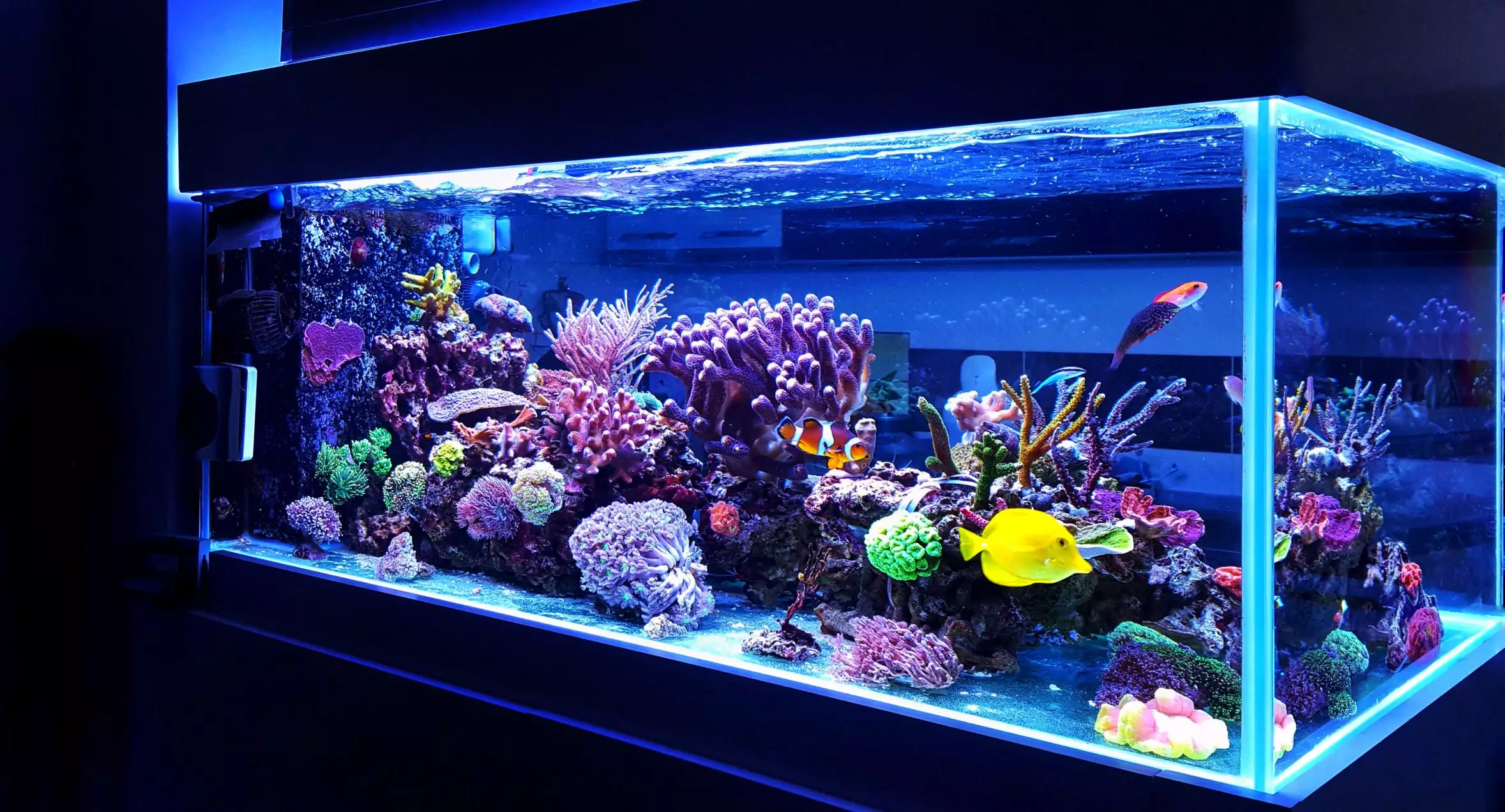Aquarium filtration is crucial for maintaining a healthy aquatic environment, and among the various filtration methods available, undergravel filters present a unique approach that deserves a critical examination. While they promise ease of maintenance and aesthetic charm by eliminating visible machinery from the tank, they come with their own set of challenges that can make them a double-edged sword for aquarists.
The Mechanism Behind Undergravel Filters
At the core of an undergravel filter’s operation lies a straightforward yet ingenious design. This system consists of a flat plastic plate resting beneath the substrate, typically gravel. The design incorporates uplift tubes that utilize either air pumps or powerheads to create a current. This current pulls water down through the gravel and under the plate, facilitating biological filtration as aerobic bacteria flourish in the substrate. It’s alluring to envision the system operating seamlessly, seemingly offering a self-sustaining ecosystem. However, an underlying issue persists: once installed, accessing these filters for cleaning or maintenance becomes nearly impossible without dismantling the entire setup.
Weighing the Pros and Cons
There’s an accessibility paradox inherent in undergravel filters. On one hand, they liberate the tank of the bulky external filters that disrupt the aesthetic; on the other, they pose significant risks if not regularly maintained. Serious consequences such as ammonia and nitrate spikes can occur when debris accumulates under the filter plate, leading to potentially hazardous conditions for the aquatic life within the tank. The situation is exacerbated by the fact that simply vacuuming the gravel may not sufficiently expel trapped waste if the filter remains neglected for long periods.
Moreover, while undergravel filters can provide a captivating biological filtration system, they do so at the risk of operational efficiency. In contrast, conventional hanging or canister filters allow for easier maintenance and monitoring of water quality. They do not require the user to dig through layers of gravel to achieve clean water, making them much more practical, especially for less experienced aquarists.
Effective Use and Maintenance Tips
For those who choose to embark on the undergravel filter journey, certain best practices can enhance performance and mitigate problems. Firstly, utilizing coarse gravel is advisable; fine sand tends to clog rather than facilitate the desired water flow. Moreover, implementing a gravel vacuum strategy as part of your regular maintenance routine is essential. This tool will help you dislodge and suction out debris that would otherwise stagnate and degrade water quality.
It’s crucial to keep the bioload low, as a crowded tank contributes to rapid debris accumulation, compounding maintenance issues. Successful undergravel filtration systems rely heavily on the size of the filter plates, making it imperative to select an appropriate number of plates to cover the tank’s bottom. Such planning prevents hot spots where debris might accumulate unchecked. Covering the filter plate with one to two inches of gravel facilitates optimal water movement and biological activity.
When to Use Undergravel Filters
Understanding the ideal conditions for deploying an undergravel filter is key to their success. Quarantine and hospital tanks, where filtration needs are temporary and limited, are a perfect environment for these setups. Aquarists can take advantage of undergravel filters in breeding scenarios as well, where slow-moving fish require consistent, gentle water flow. The stability offered by an undergravel filter can be particularly beneficial in minimizing abrupt water changes that might stress breeding fish or fry.
However, caution is warranted. If you’re using medications in quarantine tanks, avoid carbon inserts, as they will negate treatment effectiveness. Also, be wary of housing species that produce high organic waste without the capability for efficient filtration.
Reevaluating Undergravel Filters
In the debate over aquarium filtration efficacy, undergravel filters often sit polarizingly at one end of the spectrum. Their aesthetic benefit may tempt beginners, but the associated risks of neglect can yield disastrous consequences. Experienced aquarists may find that their charm lies more in nostalgia than practicality, as many now gravitate toward modern filtration technologies that prioritize efficiency and ease of maintenance.
The challenge lies in striking a balance: recognizing the allure of minimally invasive filtration while understanding the implications of neglect. Ultimately, an informed choice is essential; knowing when to embrace an undergravel filter can lead to a thriving aquatic ecosystem, while mismanagement can transform a dream into a nightmare. The lineage with which one can approach undergravel filtration can dictate the organic rhythm of an aquarium, providing either a nurturing sanctuary or a breeding ground for chaos.

